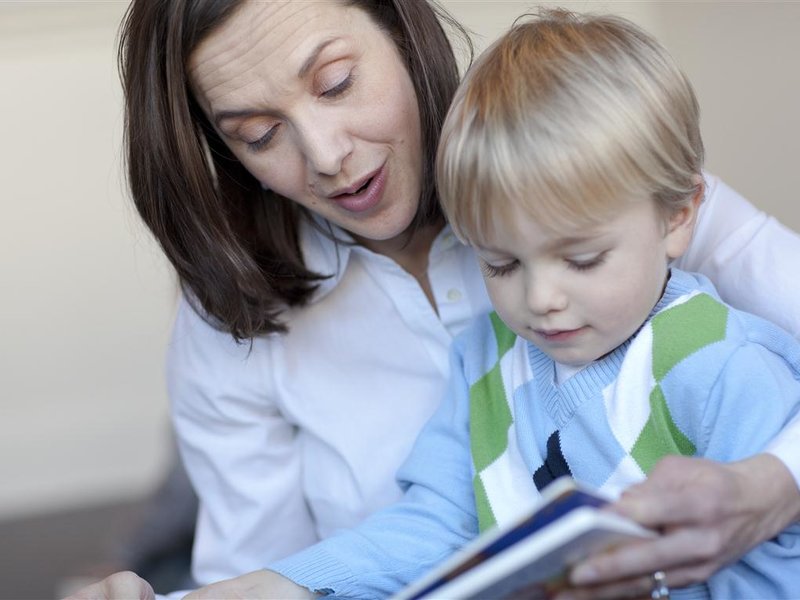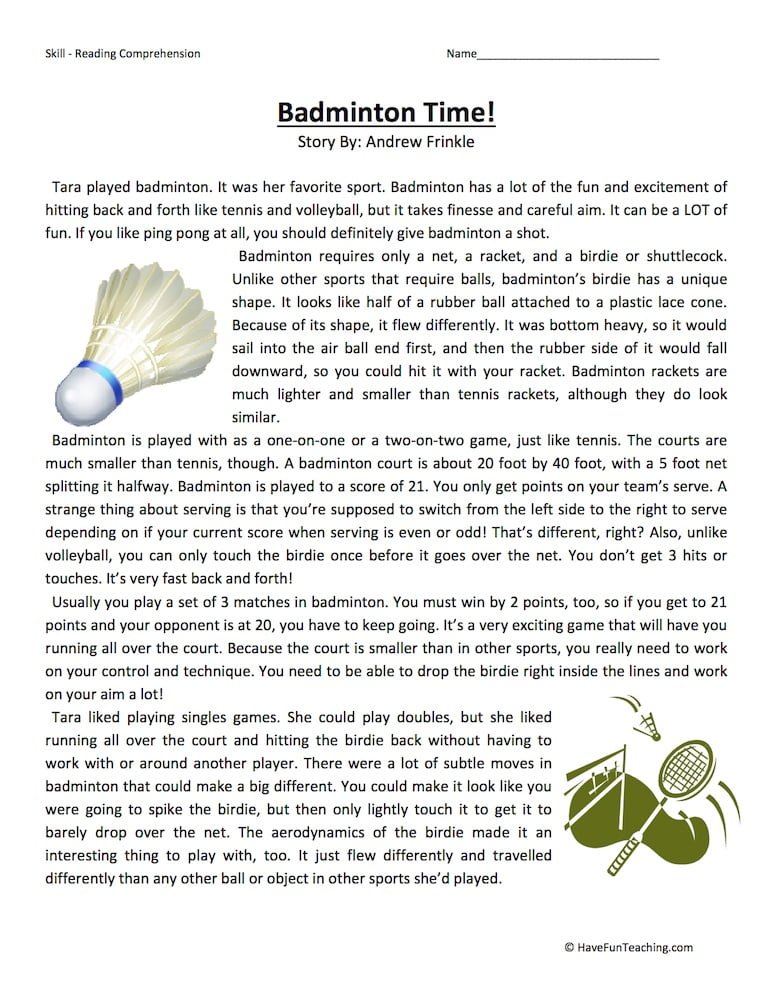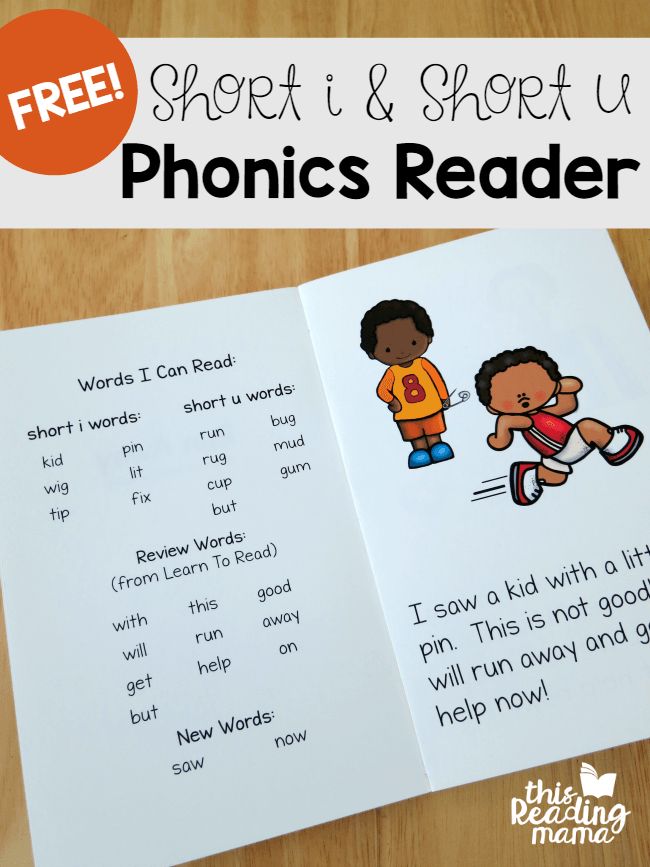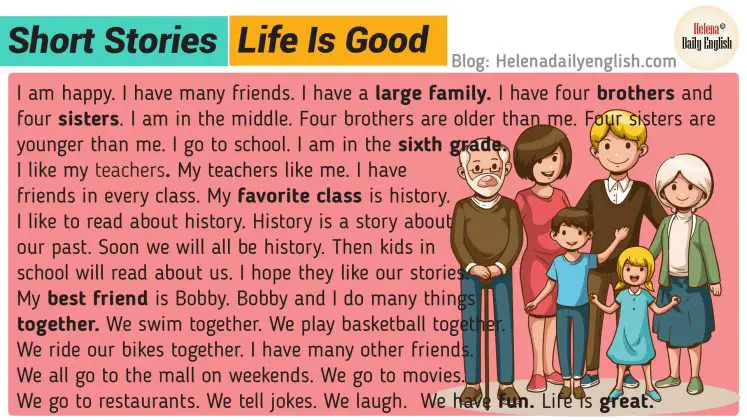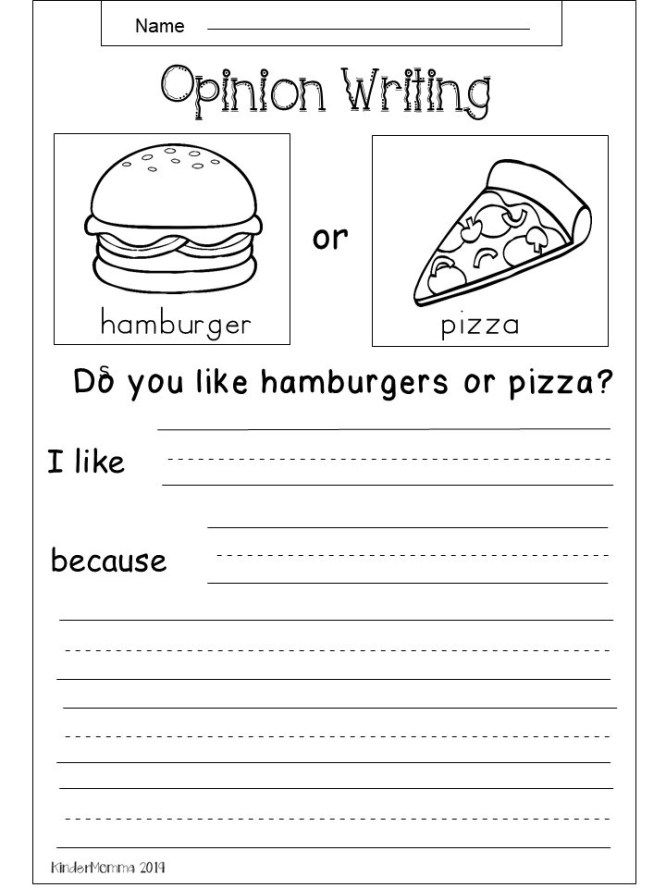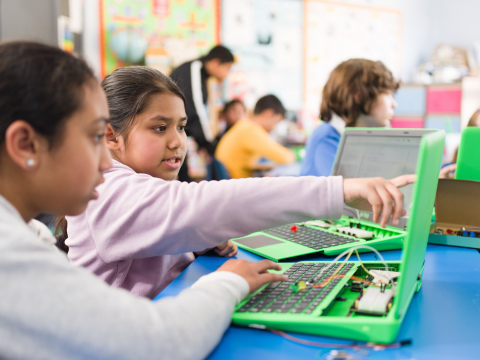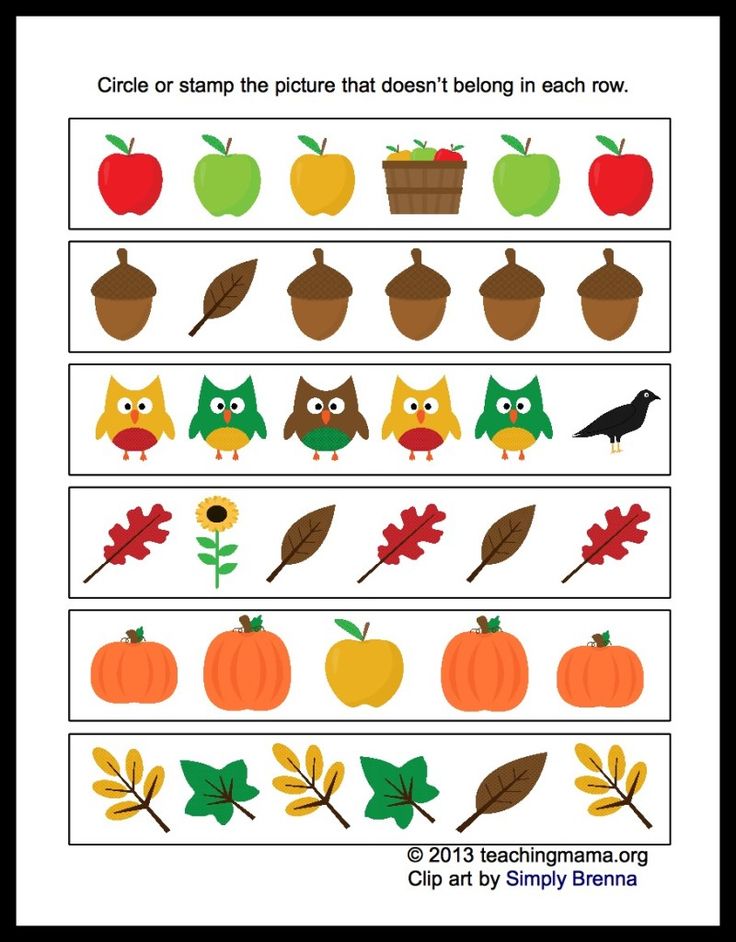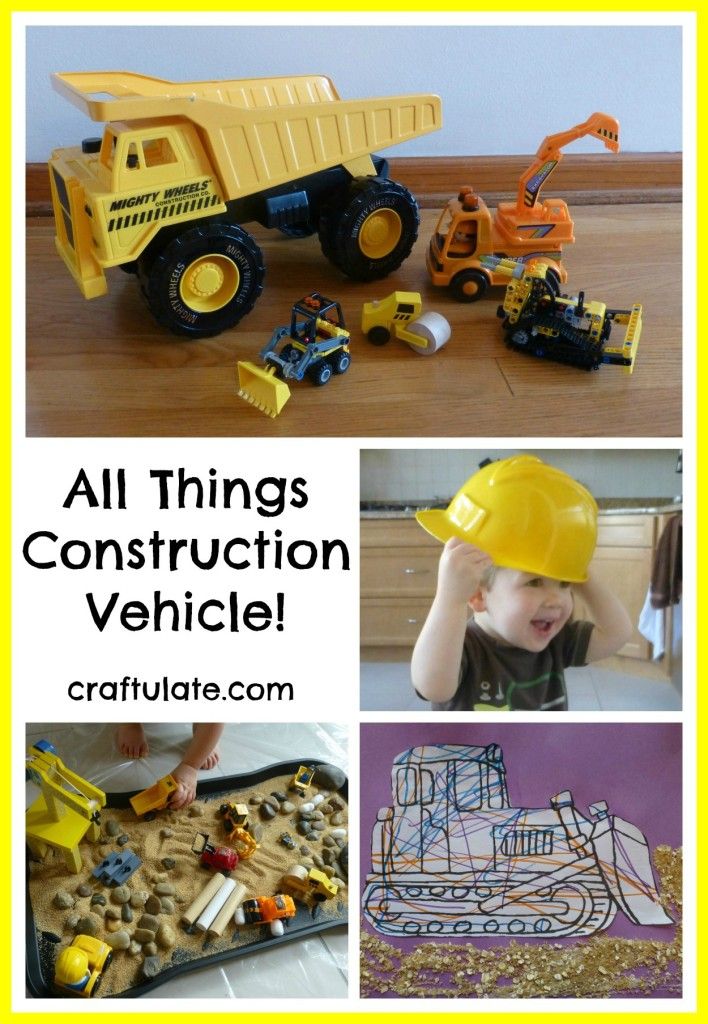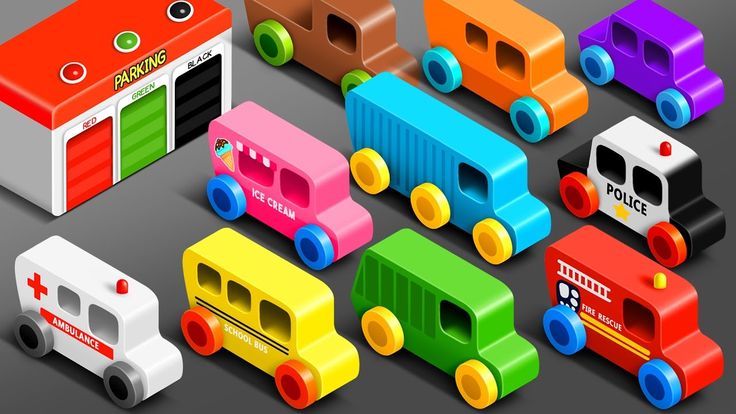Early emergent literacy
Emergent Literacy | ECLKC
Although language and literacy are two different skills, they are closely related. Language is the ability to both use and understand spoken words or signs. It is all about ideas passing from one person to another. Literacy is the ability to use and understand written words or symbols to communicate. Language and literacy learning begins prenatally! The child begins to learn the sounds and rhythms of his or her home language in the womb and can begin a love of reading by being read to as a newborn.
Emergent literacy has been defined as "those behaviors shown by very young children as they begin to respond to and approximate reading and writing acts." However, literacy goes beyond reading and writing. It encompasses "the interrelatedness of language: speaking, listening, reading, writing, and viewing."
There are many ways for young children, including infants and toddlers, to engage with books:
- Holding, tasting, and turning the pages
- Having an adult hold the child while reading a book
- Pointing to and talking about the pictures
- Inviting the child to finish or join in saying repetitive phrases
- Asking questions
Near the end of the first year of life, children begin to understand that pictures represent real objects and understand the meaning of about 50 words. By 18 months, the child knows 1,800 words and, given exposure to rich language and literacy experiences, is rapidly learning new words every day.
Daily reading to a child, or even telling little nursery rhymes from birth, significantly improves a child's ability to read and write.
How To
You support emergent language and literacy by supporting families in:
- Maintaining and passing on their home language to their children, which helps children connect to their families and have a strong, positive cultural identity of their own
- It is easier for children to become fluent English speakers if they have a solid foundation in their home language
- The young brain is fertile ground for learning two or more languages at once
- Using "parent-ese," talking to an infant with slower speech and exaggerated vowel sounds, to help the baby figure out the sounds of his or her home language (e.g., "mmaaaammaaaa")
- Directing a toddler's interest to a sound in the environment (e.
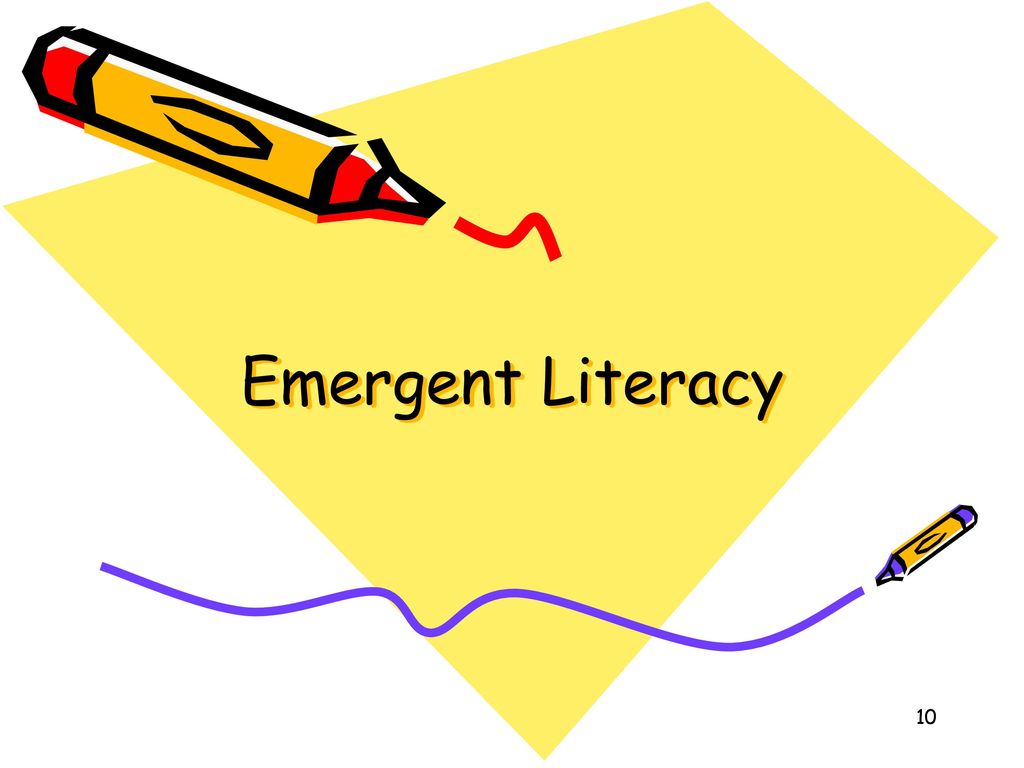 g., "Listen, that's mama's phone ringing.") or pointing a toddler's attention to a word that has the same beginning sound as her name (e.g., "Do you hear the sound of banana? Ba, banana. Ba. It sounds like your name, Bai.")
g., "Listen, that's mama's phone ringing.") or pointing a toddler's attention to a word that has the same beginning sound as her name (e.g., "Do you hear the sound of banana? Ba, banana. Ba. It sounds like your name, Bai.") - Responding appropriately to infants' coos, gestures, and body movements and all the ways infants and toddlers communicate before they use language
- For example, when an 8-month-old points to something, look at what the baby points to. These are the beginnings of conversation!
- Describing what the child is doing (e.g., "Sarah can't take her eyes off of you while she's breastfeeding.")
- Adding elaborations to the words children say; for example:
- If a toddler points and says "truck," the parents might extend this by saying, "Yes, that is a garbage truck emptying our dumpster," or, "I think you hear the sirens of the fire truck."
- Talking directly to children from early infancy about what they see or experience (e.
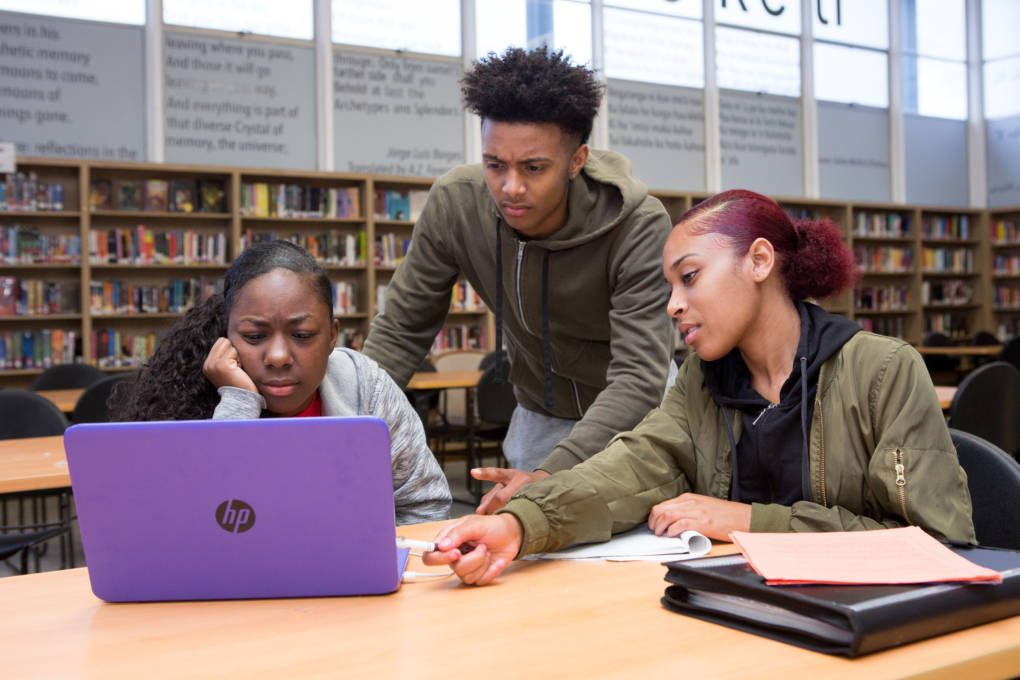 g., "You're looking at me. Yes! A smile. I love your smile. A smile for Daddy.")
g., "You're looking at me. Yes! A smile. I love your smile. A smile for Daddy.") - Talking about things you are doing (e.g., "I'm making a sandwich. First, I'll wash my hands. Then, I'll get out the bread.")
- Reading and sharing stories with young children
- Engaging young children in learning vocabulary by using rich language to talk about the pictures and stories in a book, asking questions while reading, and pointing to pictures as parents describe them; for example:
- "That baby is smiling. Can you touch his mouth? He's happy."
- "What's going to happen to the next monkey jumping on the bed?"
- Pointing out familiar icons, such as a stop sign or the name on the grocery store, as well as shapes, colors, and letters in the environment
- Pointing out written words that have meanings to toddlers, such as their names and the names of family members
- Counting fingers and saying rhymes during handwashing; thus, you have touched on a healthy behavior and layered it with literacy and math
- Following a recipe and reading it out loud
- Providing markers and crayons for making the most of everyday writing, such helping to "write" grocery lists, thank you notes, etc.
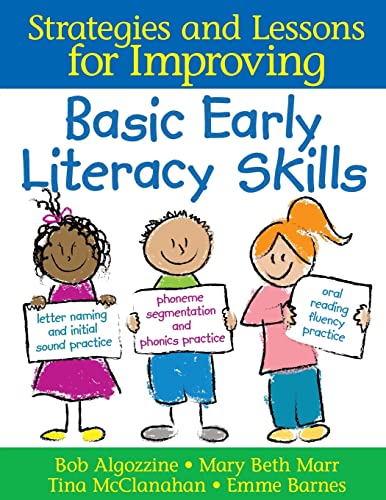
- Visiting the library, getting library cards, and attending a toddler's reading experience
Adapted from News You Can Use: Foundations of School Readiness: Language and Literacy.
Emergent Literacy: Experience It
In this clip, a mother and baby look through a book together, naming objects and turning pages. The home visitor sits nearby, coaching and supporting the mother as she and the child enjoy the book together.
Emergent Literacy: Infants
Download the video[MP4, 36MB] Download the transcript
View the transcript
Open Doors
Chapter 8c: Emergent Literacy Experience It
Mom: What is that?
Michael: Bird.
Mom: Bird.
Michael: Owl.
Mom: Owl. Soft.
Michael: Dad!
Mom: Look.
Michael: Bird.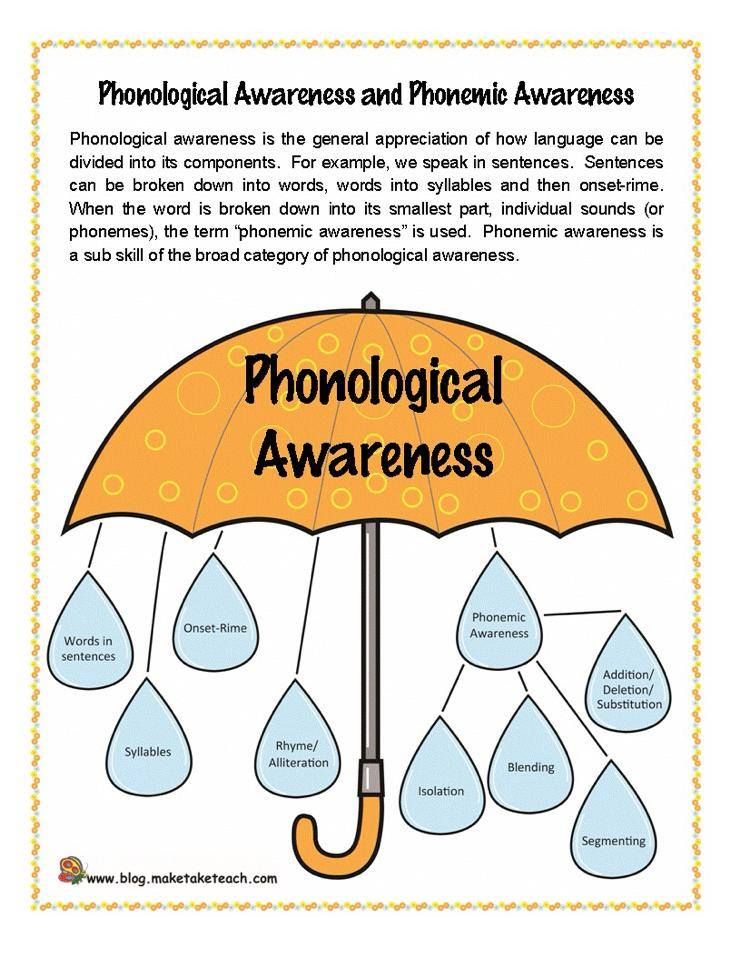 Mom! Eh.
Mom! Eh.
Mom: That's a bird.
Home Visitor: That's a bird.
Home Visitor: Mom will read it. You want Mom to read it?
Mom: Bird.
Home Visitor: Oh, look at the bird.
Mom: [gasp] Green.
Michael: Oh.
Michael: Eh.
Mom: Frog.
Michael: Eh. Eh.
Mom: Bird.
Home Visitor: It's a touch-and-feel, so he can feel the texture.
Michael: Bug!
Mom: Bug, ladybug. Soft. Red. Creature. [gasp] Ew, look at this. Hard.
Michael: Bird.
Mom: Butterfly.
Michael: Eh. Eh.
Mom: Look, it's hard. Hard crab.
Home Visitor: And just having him repeat that. "Do you know that one?"
Michael: Fly!
Mom: Michael.
Michael: Fly!
Home Visitor: No! Crab.
Michael: Fly!
Mom: Say, "crab." Michael too, crab. Look! Kangaroo. Soft. Michael, too. Say "soft kangaroo."
Home Visitor: Wow! It's a kangaroo. Yeah, soft.
Mom: Say "soft".
Michael: Eh.
Mom: Bear. Brown bear. There's the bird.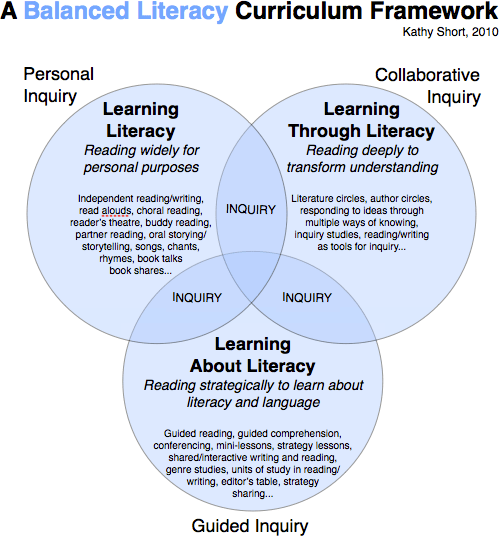 Fish. Yellow. A yellow fish. Look right there. I'll show you another one. Look, rough. Wrinkly. Wrinkly. Flamingo! Piglets. Where's the piglets? That's a dolphin. You remember watching the dolphin last night? Dolphin. Say "rhinoceros". Wrinkly rhinoceros.
Fish. Yellow. A yellow fish. Look right there. I'll show you another one. Look, rough. Wrinkly. Wrinkly. Flamingo! Piglets. Where's the piglets? That's a dolphin. You remember watching the dolphin last night? Dolphin. Say "rhinoceros". Wrinkly rhinoceros.
Michael: Eh.
Mom: Where's the mouse? Say "mouse."
Michael: Where?
Mom: "Mouse."
Michael: Eh.
Mom: "Mouse." Say "pig."
Michael: Pig.
Mom: Pigs. Piglets. One more. One more.
Michael: One!
Mom: Say "black and white". Soft. Zebra. Silky zebra.
Home Visitor: Zebra! Wow! Let me try feeling that. Ooh, soft.
Michael: Eh.
Mom: Tail. Smooth.
Michael: Wow!
Mom: Kangaroo.
Michael: Ooh.
Mom: Kangaroo.
Home Visitor: Kangaroo. Does he like to do rhymes and --?
Michael: Bye.
Home Visitor: Or you've tried that?
Mom: Not really. I never tried that.
Home Visitor: Would you want to try like every -- [Sneeze] Ooh! Bless you.
Mom: Bless you.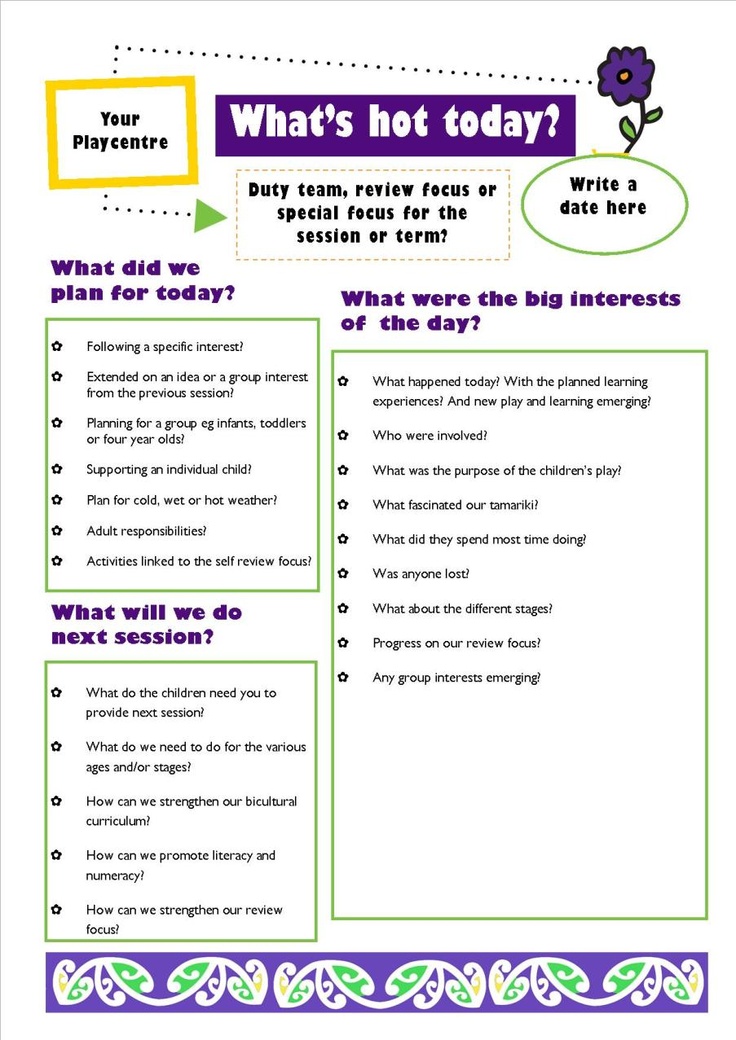
Michael: Eh.
Home Visitor: And that would help out with his speech, too. And repeating over, like in a week, and see how he's doing, that would be a good --
Mom: Yeah.
Home Visitor: Like even short little rhymes or songs or --
Mom: Kangaroo.
Home Visitor: And even have them like posted on the wall and just that would be a good --
Mom: Say "zebra."
Home Visitor: Even like while you're cooking, you just sing to him more.
Mom: I usually try to let him sing the ABCs with me, but --
Michael: [gasp] Wow!
Mom: He only says a couple and run away.
Home Visitor: Oh. I mean, even if you just sing it and maybe he can catch on.
Mom: Where's the kangaroo?
Michael: Hmm?
Mom: Kangaroo.
Michael: Hmm?
Mom: Zebra.
Michael: Eh.
Mom: Zebra. Kangaroo! The same page. Kangaroo.
Michael: Hi.
Home Visitor: Kangaroo.
Michael: [Laughs]
Close
Reflections
What do you observe?
Answers may include:
- Mother and baby are holding the book.

- Baby is pointing at objects in the book and turning the pages.
- Mother is saying what is on the page and baby is making sounds.
- Baby is on the mother's lap. He briefly climbs off her lap, then back on.
- The home visitor is sitting at the side.
- At one point, the baby looks at the home visitor and says something, and the home visitor says, "Kangaroo."
- The home visitor is coaching the mother about the child's language development, talking about repeating words and how children learn.
- Mother asks the baby where the kangaroo is. He turns a page, and the mother says, "Zebra."
- Baby puts the book on his head and laughs.
What does the mother do to support the child's emergent literacy?
Answers may include:
- She follows his lead, letting him do what he wants with the book, such as turning pages and putting it on his head.
- She says the words he points to rather than reading the book straight through.
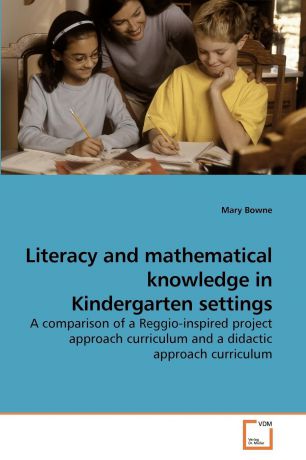
- She holds him on her lap so they are experiencing physical closeness.
- Mother repeats the words more than once: "Kangaroo, kangaroo; zebra, zebra."
What does the home visitor do to support the continuation of the activity? What does she do to enhance the parent-child relationship?
Answers may include:
- She uses a positive tone.
- She describes and comments on what the parent is doing specifically rather than just saying, "Good job."
- She talks to the mother and credits her for the accomplishments of her son.
- She sits nearby but lets the mother guide the reading activity.
- The home visitor coaches the mother on some things she could try to enhance her child's speech.
What is the child learning from this experience?
Answers may include:
- Perceptual, Motor, and Physical Development
- Eye-hand coordination
- Fine motor skills (e.g., turning pages, pointing)
- Gross motor skills (e.
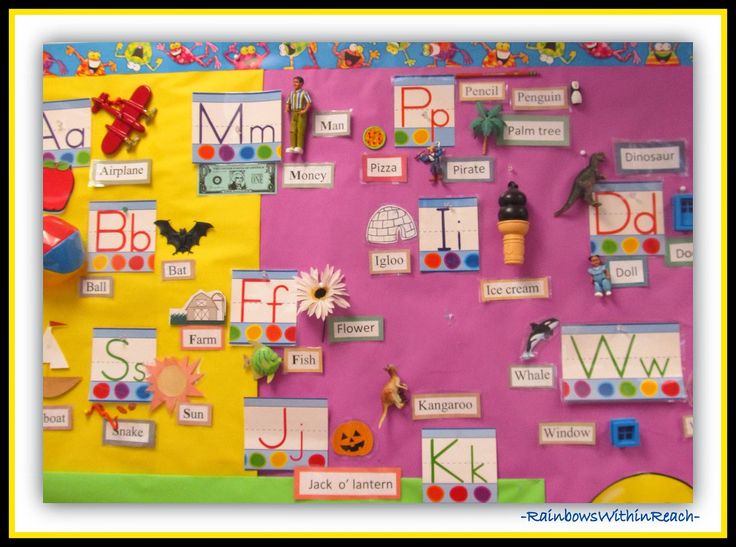 g., climbing up and down from Mom's lap).
g., climbing up and down from Mom's lap).
- Social and Emotional Development
- Self-esteem from his successes and acknowledgement from others
- Taking pleasure in his own activity and sharing it with both his mother and the home visitor
- Approaches to Learning
- Self-regulation and persistence (e.g., continuing to try to turn pages or name animals)
- Problem-solving (e.g., figuring out what animals are on the page)
- Attention (e.g., maintaining focus on and interest in the book)
- Language and Literacy
- Receptive language (e.g., listening to his mother say the words in the book and the home visitor repeating the word for the picture he is pointing to)
- Expressive language (e.g., when his mother says the words, the child tries to repeat them, making sounds throughout the clip)
- Literacy (e.g., enjoying books, turning pages, identifying objects in the book that represent other objects (animals))
- Cognition
- Learning how objects in the book represent animals he may have seen previously
- Pointing to objects (animals) and naming them
How can you enhance your home visits based on what you have observed?
Answers may include:
- Various reflections
See a home visitor demonstrating how to identify an object in the book and find the matching object on the floor. Best practice suggests the parent should read the book. Notice how the home visitor turns the book over to the mother so she can promote her child's emergent literacy.
Best practice suggests the parent should read the book. Notice how the home visitor turns the book over to the mother so she can promote her child's emergent literacy.
Emergent Literacy: Toddlers/Preschoolers
Download the video[MP4, 4.3MB] Download the transcript
View the transcript
Open Doors
Chapter 8d: Emergent Literacy Experience It
Home Visitor: Let me see what else we can find in our alphabet book. Wow! Let's see. Does Mommy see anything? Maybe, Mommy can like point out something for us to find in our alphabet book that we see down here.
Mom: Well, I see one on the last page, an eggplant.
Home Visitor: Okay. You want to turn until you find something? You can pick out what we find.
Brenna: [singing] Eggs. Eggs. Eggs. Eggs. Eggs.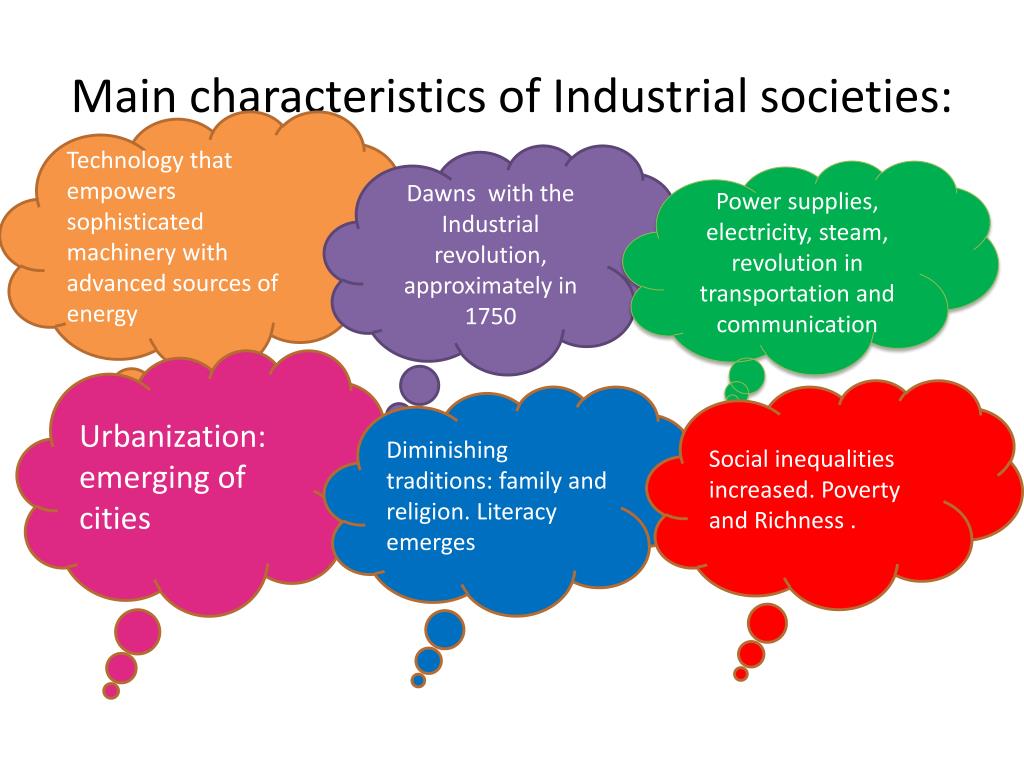
Mom: Brenna, can you find the eggplant?
Close
Reflections
What do you observe?
Answers may include:
- The home visitor asks what can be found in the alphabet book and then asks if the mother can find something in the alphabet book.
- Isaiah, the boy, stirs in the bowl and then picks up a plastic carrot and pretends to eat.
- Linea, the girl, points to an object in the book.
- The mother says she sees one, and the home visitor turns the book over to the mother and asks her to turn until she finds something.
- Isaiah climbs into Mom's lap and picks up a piece of plastic melon.
- Mom asks if the children can find an eggplant.
What strategies does the home visitor use to promote emergent language and literacy development?
Answers may include:
- Home visitor engages the mother directly by asking her to interact with her child and the book.
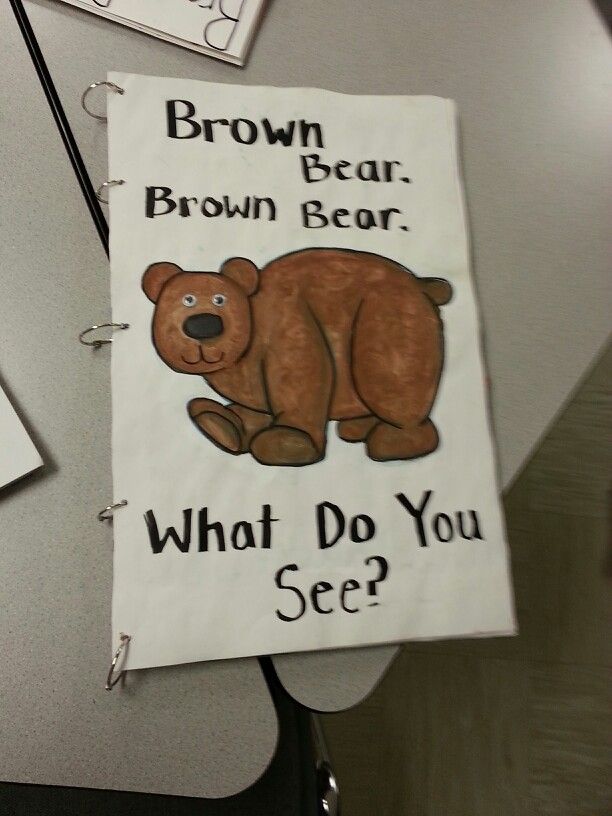
- Home visitor provides concrete objects and visual and auditory cues for the parent and child to help develop language and literacy skills.
- Home visitor models the specific language learning skill she wants the parent to communicate with her child (e.g., "Can you find something in the book [that matches a fruit or vegetable on the floor]?")
- Home visitor establishes appropriate boundaries by encouraging the mother and child to engage in the activity together.
- Home visitor encourages the mother to recreate the experience she models with her children.
- She introduces the book and book reading.
How might the home visitor achieve similar goals with materials found in the home?
Answers may include:
- Take pictures of food and other objects found in the home and make books
- Use food or other objects found in the family's home as concrete objects to match with objects found in a book
- Cut out pictures in magazines to match objects
- Identify objects in the environment
- Read the print on cereal boxes, newspapers, and magazines
- Pretend to write during pretend play (e.
 g., checks in a restaurant, invoices for purchases, to-do or shopping lists)
g., checks in a restaurant, invoices for purchases, to-do or shopping lists)
What other developmental domains do you observe?
Answers may include:
- Social and Emotional Development
- The child climbs in the mother's lap
- The mother speaks to her child gently
- One of the children smiles during the video clip
- Perceptual, Motor, and Physical Development
- They discuss vegetables and fruits
- Isaiah grasps and stirs
- Isaiah balances and climbs on Mom's lap
- Linea points, using eye-hand coordination
- Approaches to Learning
- Attention: Both children attend to the home visitor and their mother
- Curiosity: Isaiah explores the characteristics of the plastic fruit and vegetables
- Information gathering: Isaiah is learning about plastic fruit with his hands and mouth
- Cognition
- Pretend play: Isaiah uses the fruit to stir in the bowl and pretends to taste the carrot
- Connecting experiences and information: Isaiah and Linea are learning and comparing the characteristics of plastic fruit and vegetables, pictures of fruit and vegetables, and real fruits and vegetables in their experience
What other reflections do you have?
Answers may include:
- What more might you like to know about the children and family to support their development?
- What other strategies would you consider to promote language and literacy with this family?
Emergent Literacy: Learn More
News You Can Use: Foundations of School Readiness: Language and Literacy
Infants and toddlers learn about language and literacy through meaningful interactions with nurturing adults.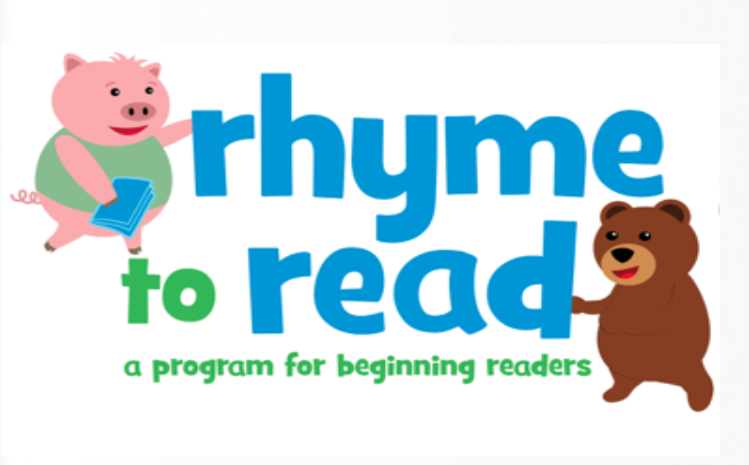 Discover strategies teachers, home visitors, and family child care providers can use to support children's emerging language and literacy skills. A study guide accompanies the resource.
Discover strategies teachers, home visitors, and family child care providers can use to support children's emerging language and literacy skills. A study guide accompanies the resource.
Emergent literacy has been defined as "those behaviors shown by very young children as they begin to respond to and approximate reading and writing acts."
Braunger, J. & Lewis, J.P. (1998) Building a Knowledge base in reading. Newark, DE: International Reading Association (p. 16).
Read more:
Home visiting, Literacy, Language
School Readiness
Resource Type: Article
National Centers: Early Childhood Development, Teaching and Learning
Last Updated: March 18, 2022
Early Emergent Literacy
Literacy begins at birth and builds on relationships and experiences that occur during infancy and early childhood. For example, introducing a child to books at an early age contributes to a later interest in reading. Reading together while he or she sits on your lap promotes bonding and feelings of trust.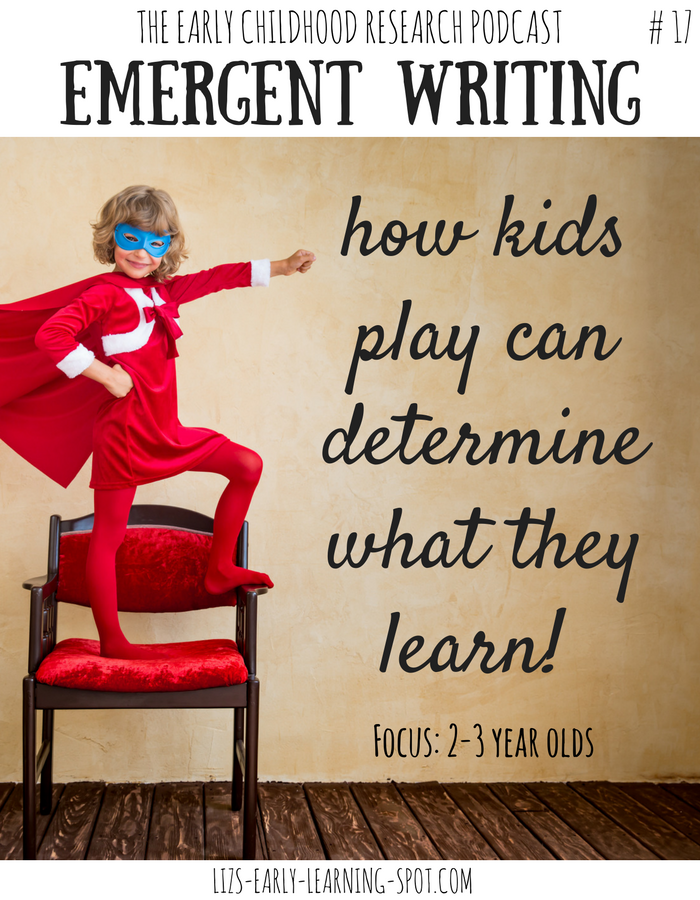 The give-and-take nature of babbling, lap games, songs, and rhymes set the stage for sharing favorite picture books. Exposure to logos, signs, letters, and words leads to the knowledge that symbols have meaning. The acquisition of skills such as looking, gesturing, recognizing and understanding pictures, handling books, and scribbling lay the groundwork for conventional reading and writing.
The give-and-take nature of babbling, lap games, songs, and rhymes set the stage for sharing favorite picture books. Exposure to logos, signs, letters, and words leads to the knowledge that symbols have meaning. The acquisition of skills such as looking, gesturing, recognizing and understanding pictures, handling books, and scribbling lay the groundwork for conventional reading and writing.
A love of books, of holding a book, turning its pages, looking at its pictures, and living its fascinating stories goes hand-in-hand with a love of learning." (Laura Bush, 2003)
- Model reading and writing behaviors.
- Embed the use of objects, symbols or words throughout the child's day.
- Incorporate rhythm, music, finger plays and mime games.
- Provide opportunities for handling and exploring reading and writing materials.
- Teach print and book awareness.
- Teach name, name sign and/or personal identifier of child and those the child interacts with on a regular basis.
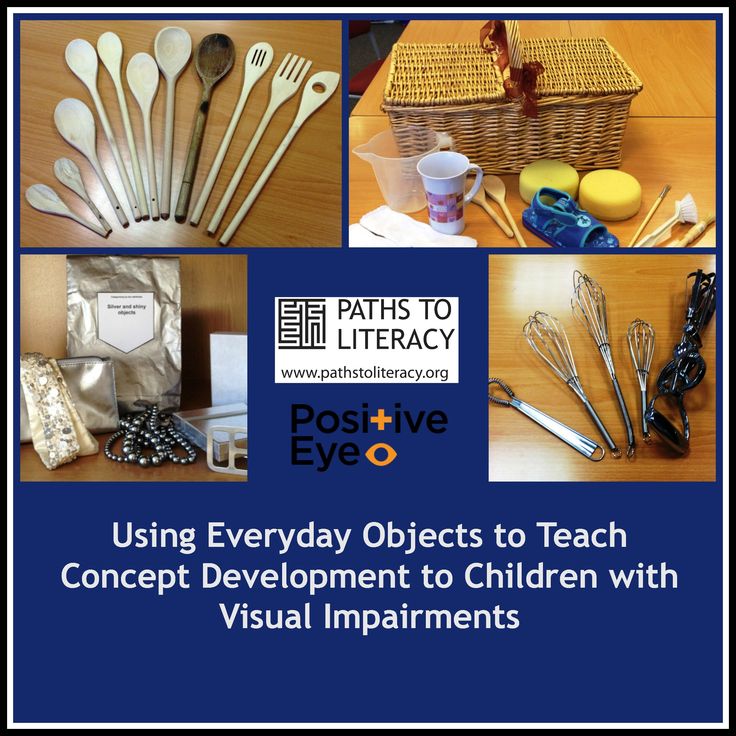
- Embed literacy learning activities into routines.
Children with combined vision and hearing loss miss out on many of the experiences that happen incidentally for other children, but rich early learning experiences can be provided when families, teachers, and caregivers build trusting relationships with these children, know what their favorite objects and activities are, and recognize their array of communication signals.
As you foster early literacy skills in a child who is deaf-blind, expect to see the child handling and exploring books and writing materials using all of his or her senses (sometimes in unconventional ways). Watch for the child to show signs of anticipation while playing turn-taking games or move in rhythm to songs and music you've listened to together. Allow children to get "up close and personal" to reading and writing items around the house. Point out and talk about signs, symbols, and words you see at school, day care, the grocery store, and out in the community.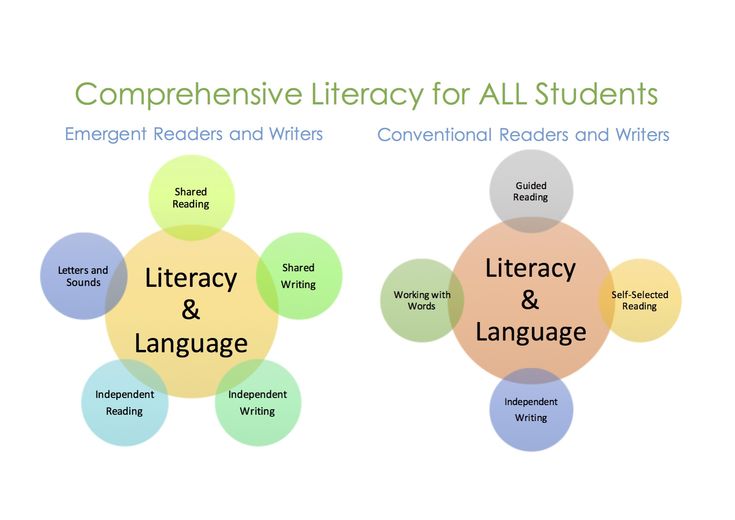
It takes intentional planning to provide meaningful early learning experiences on which to build literacy skills. Following a child's lead provides a wealth of information about what will be most interesting and motivating to a particular child. Incorporating familiar and favorite objects, people, and activities into early learning experiences is essential to achieving positive results.
Literacy skills should not be taught in isolation because they relate to numerous developmental and academic standards often being addressed by a child's educational team. Awareness of interrelated skills assists teams in IEP development and planning holistic instruction.
Attention and Response
Joint attention; response to people, objects, familiar sound/rhythm/movement; response to communication and/or literacy partner; attention/response to informational cues; attention/response to literacy activities
Interaction and Communication
Anticipation; turn-taking; use of pre-linguistic forms of communication (touch, object, gestures and/or cues; ability to access communication and/or literacy partner; active engagement with communication and/or literacy partner; full/partial participation in instructional activities
Sensory
Use of other sensory skills such as smell, taste, movement to gather information; localization to presented sounds; auditory discrimination; visual fixation; eye gaze
Tactile/Motor
Exploration of items using touch; imitation of simple motor tasks; reaches or scans to search for an object; picking up objects; holding objects; pincer grasp; tactile discrimination; eye-hand coordination
Cognitive
Object permanence; one-to-one correspondence; spatial and positional concepts such as front/back, top/bottom; use of emergent symbolic forms (e.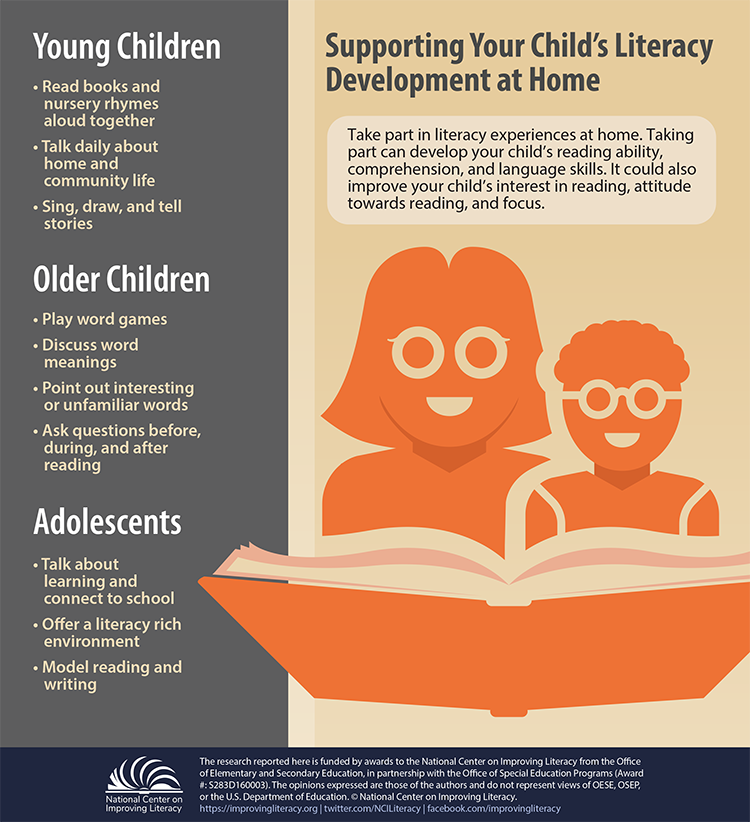 g., pictures and/or line drawings)
g., pictures and/or line drawings)
Everyday activities link to literacy
Examples of different ways to use exploration with children.
Using object cues as part of daily routines
Examples of cues used to communicate.
Label ObjectsDevleop print awareness by labeling objects with both pictures and words. You might also add braille. |
RecipeUsing an object recipe embeds literacy into daily living skills instruction. |
Work on literacy while making choicesThis communication flip chart combines pictures and words with colors and contrast customized to the child's needs and interests. Pairing pictures with print sets the stage for moving to print by fading the pictures. |
Work on literacy while playing a gameAn adapted game of Cootie is a great way to work on matching objects to pictures and putting together/taking apart. |
Literacy and Deaf-BlindnessIntroduction to a variety of techniques for creating/adapting books and literacy activities to make them interesting and relevant to students with deaf-blindness. |
Handling BooksThis typically developing eight-month-old is shown handling a book. She has been read to every day of her life. Notice that there are toys around her, but she is more interested in her book. Children with significant disabilities are not often given the opportunity to handle books, which is a very important component of literacy. |
Early Literacy for Students with Multiple Disabilities or Deafblindness
Webcast that includes an introduction to literacy, challenges related to literacy for this population, literacy learning activities and adapted books.
Tangible Symbols
Webcast explaining what tangible symbols are and how they can be used to support communication development in children who are unable to use abstract symbols.
Experience Books
Overview, videos, and FAQs from Washington Sensory Disabilities Services on experience books and how to use them to encourage literacy for children with deaf-blindness and/or multiple disabilities.
Literacy for Persons Who Are Deaf-Blind
Introduction to an expanded view of literacy, written in everyday language and including a variety of practical tips.
Calendar Systems for Young Children with Sensory Impairments
Discusses the developmental considerations connected to creating a meaningful calendar system and strategies for preparing a young child to use one.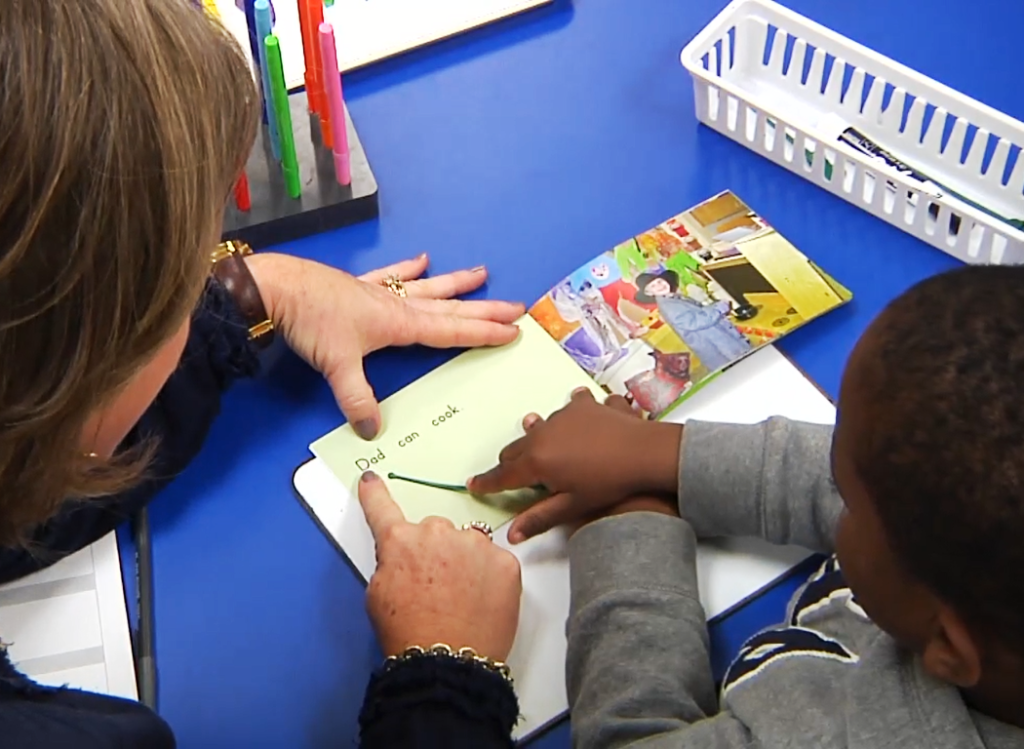
Tangible Symbols Systems Primer
Provides basic information about the use of tangible symbol systems, including practical examples, tips from the field and troubleshooting suggestions.
The Path to Symbolism
Easy-to-read overview of how children with significant learning challenges, including deaf-blindness move from early forms of intentional communication to more abstract forms requiring the use of symbols.
Center for Early Literacy (CELL)
Overview of the CELL approach to early literacy learning in home and classroom settings (Literacy-rich environments, Child interests, Everyday literacy activities, and Responsive teaching).
Every Child Is a Potential Reader
Introduction to the importance of literacy for all children with examples of literacy materials and activities including story boxes, literacy kits and assistive technology. (Begins on page 6)
Calendars for Students with Multiple Impairments Including Deafblindness
Written for students who need help structuring and organizing their time and activities through the use of an individualized system.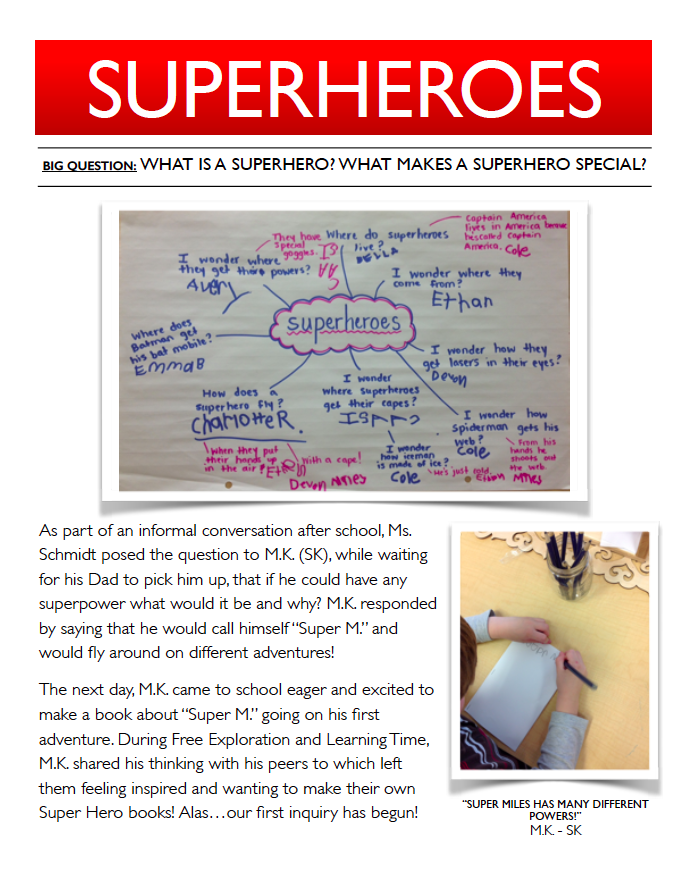 Available for purchase.
Available for purchase.
Tactile Symbols Directory
A directory of tactile symbols used at the Texas School for the Blind and Visually Impaired.
Six habits of early literacy | Multnomah County Library
Young children need a variety of skills to become successful readers. The Reading Experts Group has identified six specific early literacy skills that are the foundation for further development of reading and writing skills. Research shows that the more of these skills children have when they first enter school, the better they understand reading guidelines in school.
Vocabulary
Vocabulary, that is, knowing the names of different things, is an extremely important skill that children need when they are learning to read. Most children, when they come to school, know between 3,000 and 5,000 words. Help expand your child's vocabulary by reading a variety of books, both fiction and non-fiction, and by naming everything the child sees around.
Craving for the printed word
Craving for the printed word is the child's interest in books and the pleasure he gets from reading books. A child with a craving for the written word likes to be read to, plays with books, pretends to write, asks to be read to, and loves to go to the library. Cultivate this love of books in your child by turning book reading into a special ritual, giving your child access to books and letting him know that you also like to read. Explain how you use reading in your daily life.
Understanding the concept of writing
Understanding the concept of writing includes knowing that writing in English follows certain rules, such as writing from left to right and top to bottom, and that people who can read read the printed text on the page. An example of understanding the concept of writing is a child's ability to point to individual words on a book page. Your child's understanding of the concept of writing can be developed by pointing to words and reading them aloud wherever you see them - on signs, on labels, in grocery stores and at the post office.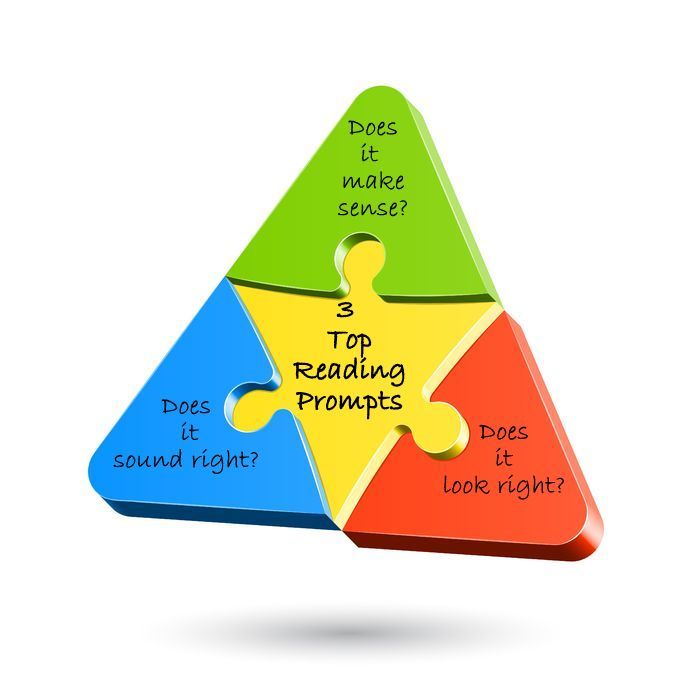
Storytelling skills
Storytelling skills, that is, the ability to understand and tell stories and describe things, are important for a child to understand what they are learning to read. An example of a storytelling skill is a child's ability to tell what happened at a birthday party or when they went to the zoo.
Help your child develop their storytelling skills by asking them to tell you about a book instead of just listening to you read it. Regularly ask your child to tell you about what he did.
Letter knowledge
Letter knowledge refers to knowing that letters have names and that they are different from each other, and that certain letters correspond to certain sounds. Letter knowledge is when a child can say what the letter B is called and what sound it corresponds to.
Letters can be developed through many fun activities that include reading and writing; for example, you can point to letters in the alphabet, in picture books or on signs and labels and name them. Talk with younger children about the shape of objects, and with preschoolers, you can try drawing letters and pictures in the sand.
Talk with younger children about the shape of objects, and with preschoolers, you can try drawing letters and pictures in the sand.
Understanding the concept of sounds
Understanding the concept of sounds is the ability to hear and manipulate the individual sounds that make up words. Understanding the concept of sounds includes the ability to hear and create rhymes, to speak words while skipping certain sounds or parts of words, and the ability to put two parts of a word together. Most children who have trouble reading also have difficulty understanding the concept of sounds.
Develop your child's understanding of sounds by playing fun word games:
- Think of funny words by replacing the first sound in a word: wolf, regiment, talk, folk, rolk.
- Say the words, pausing between syllables ("cro-" and "-lik"), and have your child guess which word you are saying.
- Read poems with rhymes or different sounds to your child.
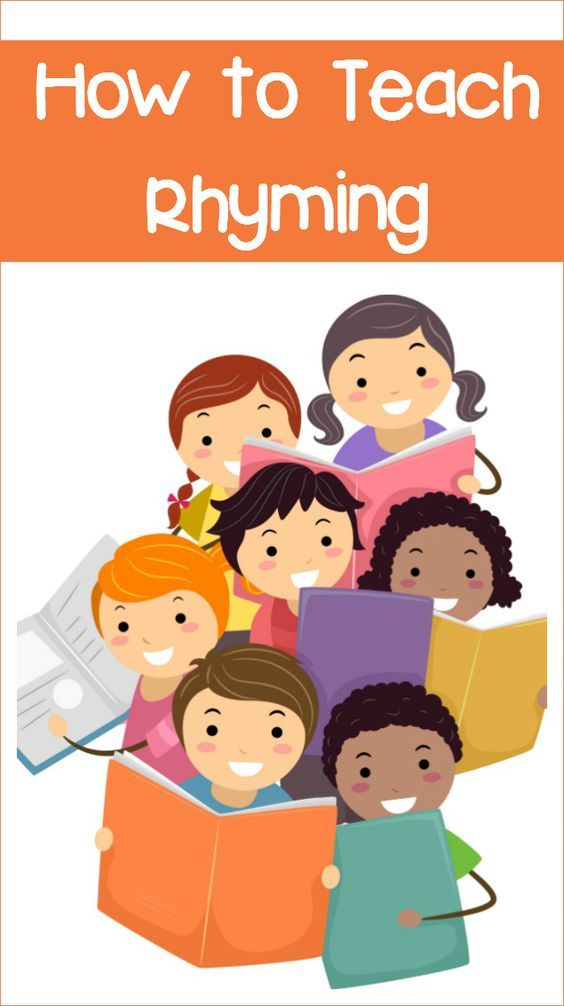
Early literacy: birth to age six
Reading aloud to your child every day increases his brain's ability to comprehend language, develops his literacy skills, and is the single most important thing you can do to prepare him for learning to read.
Children prepare to read long before they enter school: early literacy is all that children know about reading and writing before they can actually read and write. Early literacy is the baby who chews on a book, the toddler who wants to have his favorite book read over and over again, and the preschooler who "reads" you a story by heart.
Early literacy skills begin to develop in the first 5 years of life. We used to think that a child's successful reading skill depended on the "right" first grade teacher. We now know that your child's chance of success in first grade depends on how much they learned about reading before they entered school.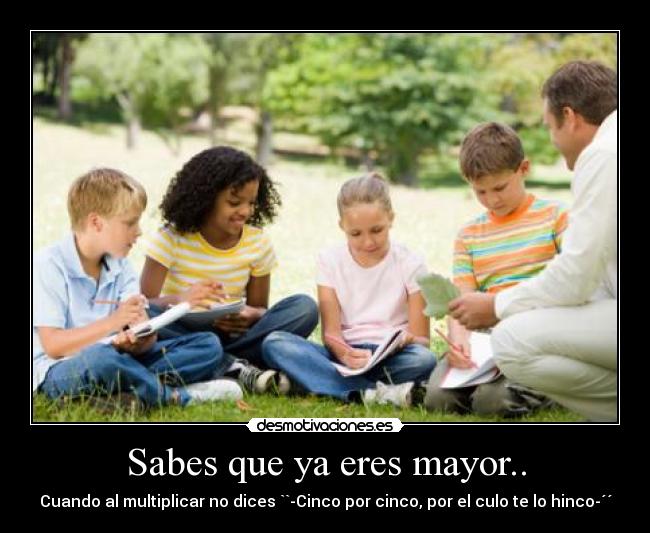 Your child's early exposure to books and language lays the foundation for success in learning to read.
Your child's early exposure to books and language lays the foundation for success in learning to read.
Early literacy is not “learning to read”.
You have heard many times that you are your child's first and best teacher. And it is true. But your task is not to formally "teach" reading. Your child will learn to read at school. The most important thing you can do to promote early literacy is to create an atmosphere that is fun, verbal and stimulating, not school-like. The focus should not be on learning, but on the pleasure you get with your child – give your child plenty of opportunities to talk and be heard, to read and listen when read to, to sing and listen to being sung.
There is no need for any memorization, text and picture cards, workbooks or exercises. Children exposed to an interactive rich educational environment full of enjoyable language learning opportunities will develop early literacy skills.
You are the key to your child's success in learning to read.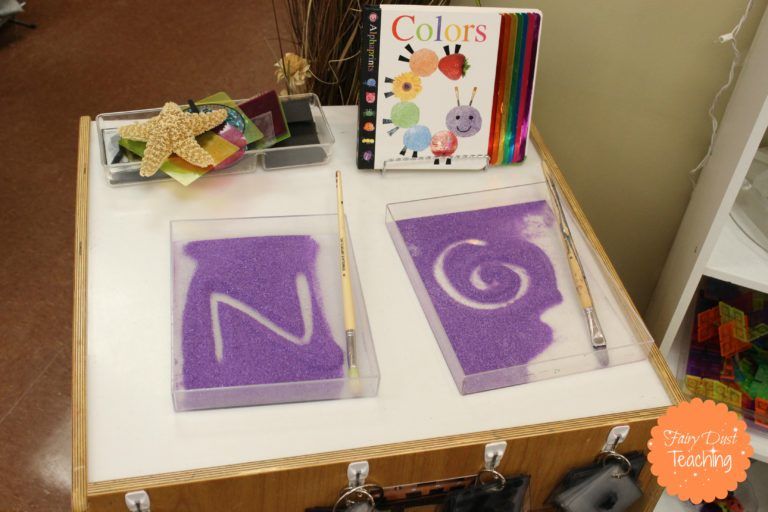

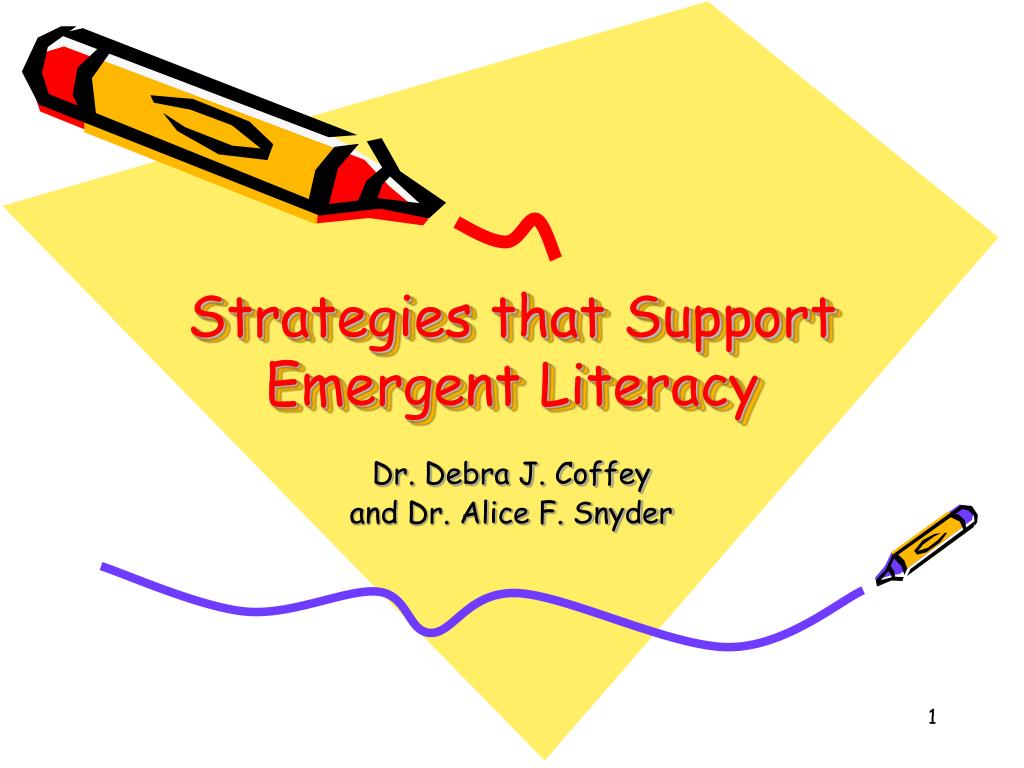 These are skills that help children learn that words represent objects, figure out new words and form sentences.
These are skills that help children learn that words represent objects, figure out new words and form sentences.